Forums
- Forums
- Duggy's Reference Hangar
- RAF Library
- The Hawker Tornado
The Hawker Tornado
Post a reply
- Go to Previous topic
- Go to Next topic
- Go to Welcome
- Go to Introduce Yourself
- Go to General Discussion
- Go to Screenshots, Images and Videos
- Go to Off topic
- Go to Works in Progress
- Go to Skinning Tips / Tutorials
- Go to Skin Requests
- Go to IJAAF Library
- Go to Luftwaffe Library
- Go to RAF Library
- Go to USAAF / USN Library
- Go to Misc Library
- Go to The Ops Room
- Go to Made in Germany
- Go to Campaigns and Missions
- Go to Works in Progress
- Go to Juri's Air-Raid Shelter
- Go to Campaigns and Missions
- Go to Works in Progress
- Go to Skinpacks
- Go to External Projects Discussion
- Go to Books & Resources
-
13 years agoSat Nov 09 2024, 02:02pmDuggy
 Main AdminThe British had three very powerful piston engines in the works. One was the Bristol "Centaurus" sleeve-value air-cooled 18-cylinder radial engine, but prewar air races had biased many in the British air establishment against radials, and engine options felt to be most promising were two 24-cylinder water-cooled inline designs, the Rolls-Royce "Vulture" and the Napier "Sabre".
Main AdminThe British had three very powerful piston engines in the works. One was the Bristol "Centaurus" sleeve-value air-cooled 18-cylinder radial engine, but prewar air races had biased many in the British air establishment against radials, and engine options felt to be most promising were two 24-cylinder water-cooled inline designs, the Rolls-Royce "Vulture" and the Napier "Sabre".
The Vulture and the Sabre were very unconventional engines. The Vulture consisted essentially of two V-12 Peregrine engine cylinder blocks joined top-to-top, with the two blocks driving a common crankshaft. The Sabre consisted of two flat-12 engines sitting on top of each other, with each driving its own crankshaft, and the two crankshafts joined by a common gearbox. Both engines provided about 1,490 kW (2,000 HP).
A design team under the well-known Sydney Camm at Hawker had already been working on designs for powerful interceptors that fit the F.18/37 specification, and quickly sent the Air Ministry proposals. One design was to be powered by the Rolls-Royce Vulture and was known as the "Type R", and the other was to be powered by the Napier Sabre and was known as the "Type N". The Air Ministry quickly accepted the proposals and ordered two of each aircraft. The Vulture-powered Type R was to be named "Tornado", while the Sabre-powered Type N was to be named "Typhoon".
Unsurprisingly, the two aircraft had similar airframes, and in fact they both somewhat resembled a bigger version of the Hawker Hurricane. They were built very strong, had a thick wing, and had tailwheel landing gear, with the main landing gear hinged in the wings and retracting towards the fuselage, giving the aircraft a very wide track. The pilot got in and out of the cockpit through a car-style door.
The first Tornado flew on 6 October 1939 with a 1,313 kW (1,760 HP) Vulture II. The Air Ministry was so enthusiastic about the new Hawker designs that even though they were unproven, an order was placed with Hawker for 1,000 of them, with 500 to be Tornadoes, 250 to be Typhoons, and 250 to be whatever proved to be the better aircraft after evaluation. Since Hawker production was heavily committed at the time, Avro was to build the Tornado and Gloster was to build the Typhoon. Both companies had a relationship with Hawker through the Hawker-Siddeley group.
The first prototype Tornado suffered from engine cooling problems and so near the end of 1939 it was fitted with a large chin radiator, giving the aircraft a very distinctive appearance. The second prototype first flew much later, on 5 December 1940.
The first Typhoon prototype flew on 24 February 1940. It looked very much like the updated Tornado, except that the Tornado had two separate rows of exhausts on each side of the engine, while in the Typhoon the sets of exhausts for each engine were merged into what appeared to be a single row. Great things were expected of the Typhoon but the Sabre engine proved unreliable, a taste of things to come. Vibration was a particular problem. On 9 May 1940, the Typhoon prototype suffered a structural failure, breaking aft of the cockpit, with the pilot, Philip G. Lucas, remarkably managing to land the aircraft. The second prototype flew on 3 May 1941.
* The test program proceeded through 1940, and by the summer of 1941 both the Tornado and the Typhoon appeared to be close to production, except for the fact that the engines, for which so much had been hoped, were proving mechanical nightmares. The Vulture development program was particularly troublesome. The main rationale for Vulture development was to power the Avro Manchester bomber, which was fitted with two of the big engines. The Vulture was so unreliable that one bomber squadron equipped with the Manchester joked that they should be redesignated as infantrymen. With Vulture development becoming a bottleneck, the decision was made to get rid of the two Vultures and fit the bomber with four Rolls-Royce Merlin inlines, and the result was the superlative Lancaster.
That eliminated most of the rationale for the Vulture. Rolls-Royce was heavily committed to Merlin engine production, there was no strong reason to divert resources to work on the Vulture, and so the Vulture was cancelled, killing Tornado production in turn. Only one production Tornado ever flew, in August 1940. Hawker managed to get Air Ministry permission to fit a Bristol Centaurus engine into a Tornado airframe, with this aircraft flying on 23 October 1941.
The Centaurus-powered Tornado proved much superior in reliability and performance to either the Vulture-powered Tornado or the Sabre-powered Typhoon. However, although it seemed like a good idea, for whatever reason Air Marshal Wilfrid Freeman, in charge of aircraft procurement, was against it. In his defense it appears he simply didn't want British aircraft development going off in too many directions at one time. The Centaurus was having development problems of its own, and the Centaurus-powered Tornado was set aside for the time being.
Hawker and the RAF were stuck with the Typhoon. Despite the problems, the Typhoon started rolling off the production lines in May 1941, with initial deliveries to RAF squadrons in September 1941. RAF pilots called the big fighter the "Tiffy".
From Wikki.
Design and development
Shortly after the Hawker Hurricane entered service, Hawker began work on its eventual successor. Two alternative projects were undertaken: the Type N (for Napier), with a Napier Sabre engine, and the Type R (for Rolls-Royce), equipped with a Rolls-Royce Vulture power-plant. Hawker presented an early draft of their ideas to the Air Ministry who advised them that a specification was in the offing for such a fighter. The specification was released by the Minisitry as Specification F.18/37 after further prompting from Hawker. the specification called for a single-seat fighter armed with 12 0.303 in (7.7 mm) machine-guns. A maximum speed of 400 mph (644 km/h) at 15,000 ft (4,572 m) and a service ceiling of 35,000 ft (10,668 m) were required. Two prototypes of both the Type N and R were ordered on 3 March 1938.
Technical description
Both prototypes were very similar to the Hurricane in general appearance, and shared some of its construction techniques. The front fuselage used the same swaged and bolted duralumin tube structure, which had been developed by Sydney Camm and Fred Sigrist in 1925. The new design featured an automobile-like side opening doors for entry, and used a large 40 ft (12 m) wing that was much thicker in cross section than those on aircraft like the Spitfire. The rear fuselage, from behind the cockpit, differed from that of the Hurricane in that it was a duralumin, semi-monocoque, flush-riveted structure. The all-metal wings incorporated the legs and wheel-bays of the wide-set undercarriage. The two models were also very similar to each other; the R plane had a rounder nose profile and a ventral radiator, whereas the N had a flatter deck and a chin mounted radiator. The fuselage of the Tornado ahead of the wings was 12 in (30 cm) longer than that of the Typhoon, the wings were fitted 3 in (76 mm) lower on the fuselage, and the radiator was located beneath the fuselage. The X-24 cylinder configuration of the Vulture required two sets of ejector exhaust stacks on each side of the cowling.
Flight trials
On 6 October 1939, the first prototype (P5219) was flown by P.G. Lucas, having first been moved from Kingston to Langley for completion. Further flight trials revealed airflow problems around the radiator, which was subsequently relocated to a chin position. Later changes included increased rudder area, and the upgrading of the powerplant to the Vulture V engine. Hawker production lines focused on the Hurricane, and the completion of the second prototype (P5224) was thus significantly delayed. It featured the chin radiator, additional window panels in the fairing behind the cockpit, and the 12 .303 in (7.7 mm) machine guns were replaced by four 20 mm (.79 in) Hispano cannon. It was first flown on 5 December 1940, and was powered by a Vulture II, although as in the case of the first prototype, a Vulture V was later installed.
[edit] Production
In order to avoid upsetting the Hurricane lines, production was sub-contracted to Avro in Manchester and Cunliffe-Owen Aircraft in Eastleigh, with orders for 1,760 and 200 respectively being placed in 1939. However only one of these aircraft, from Avro, was ever built and flown, this being R7936. Shortly after its first flight at Woodford, on 29 August 1941, the Vulture programme was abandoned, followed closely by the cancellation of the Tornado order. At that time four aircraft were at various stages of production at the Avro plant at Yeadon, West Yorkshire.
Vulture engine
The Vulture was effectively cancelled by Rolls-Royce in July 1941 due to the problems experienced in its use on the Avro Manchester, where it displayed a continual habit of erupting into flame in flight. The Merlin was also starting to deliver the same power levels. However, the Vulture engine installation in the Tornado was relatively trouble free and the aircraft itself had fewer problems in flight than its Sabre-engined counterpart. The third prototype (HG641), the only other Tornado to fly, was flown on 23 October 1941, powered by a Bristol Centaurus CE.4S sleeve valve radial engine. This Tornado was built from two incomplete production airframes (R7937 & R7938) and was a test-bed for a number of Centaurus engine/propeller combinations and was the progenitor of the Hawker Tempest II.
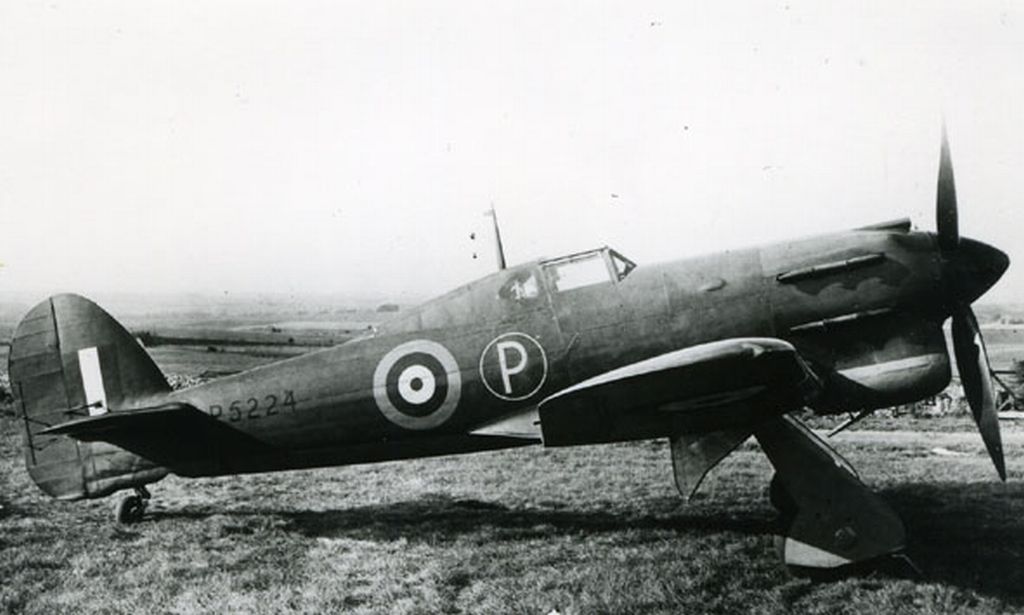

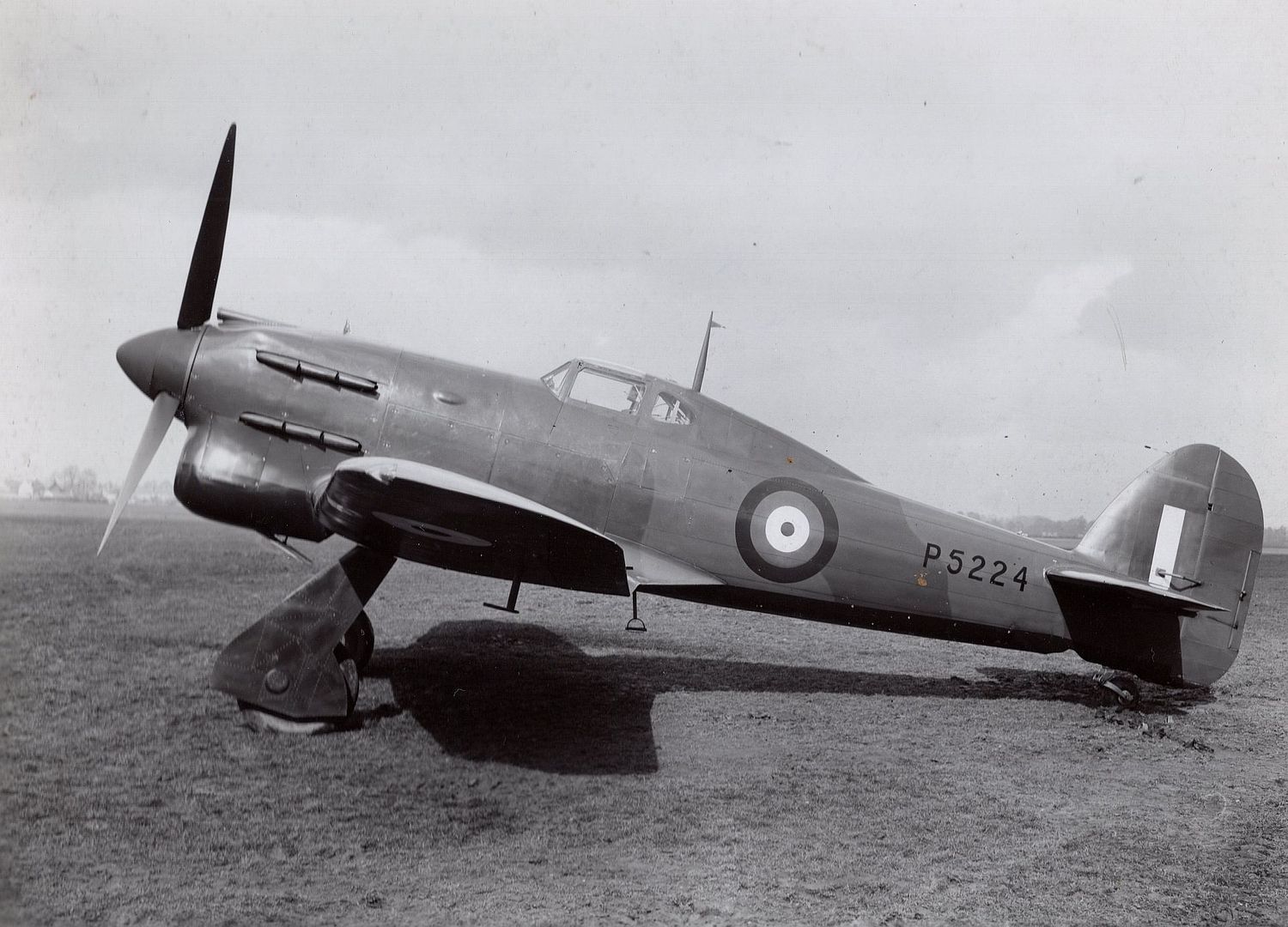

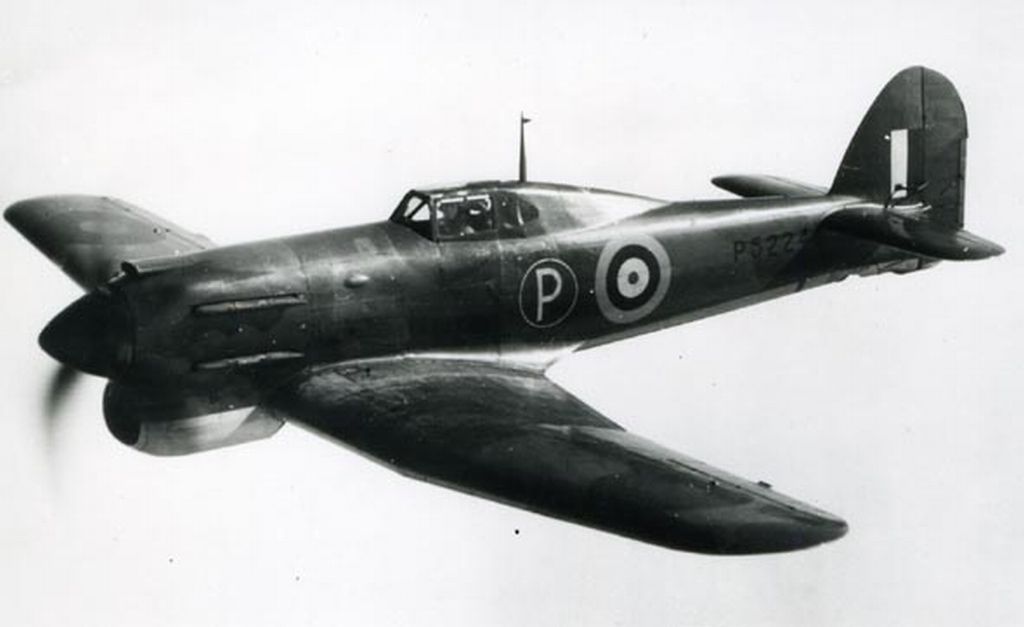
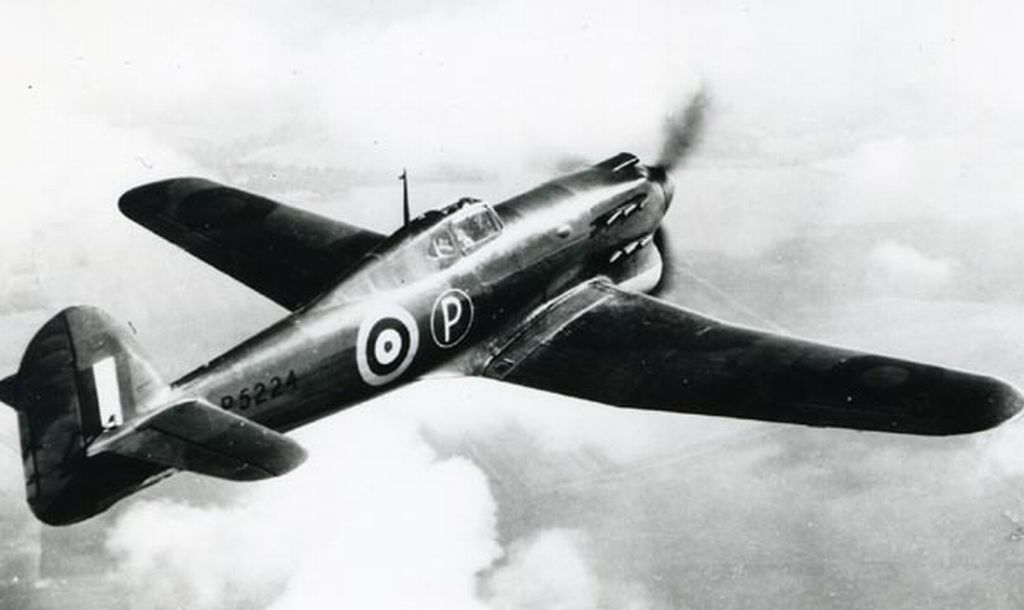
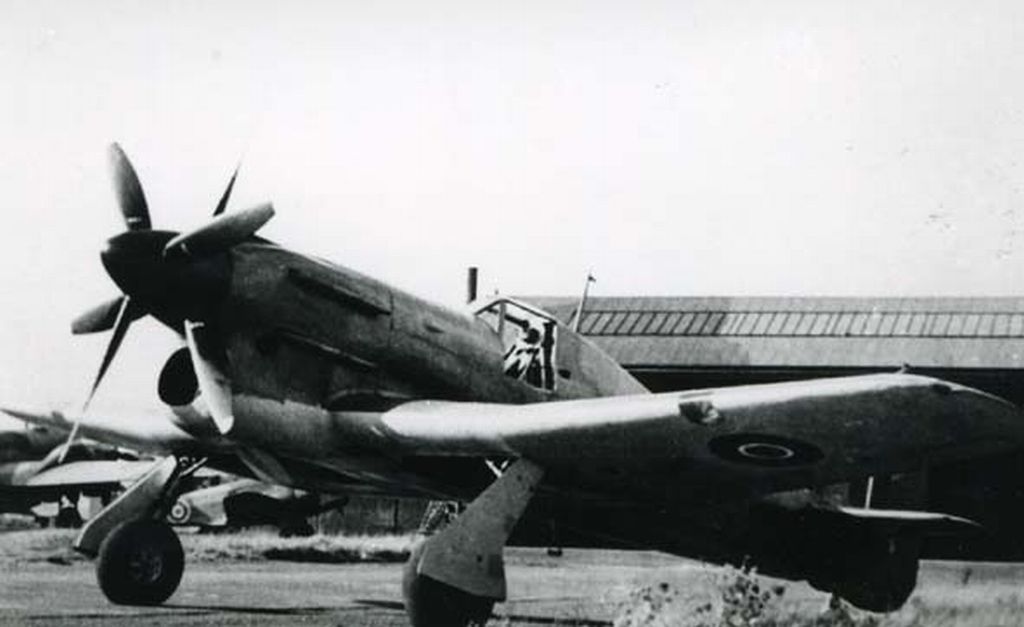
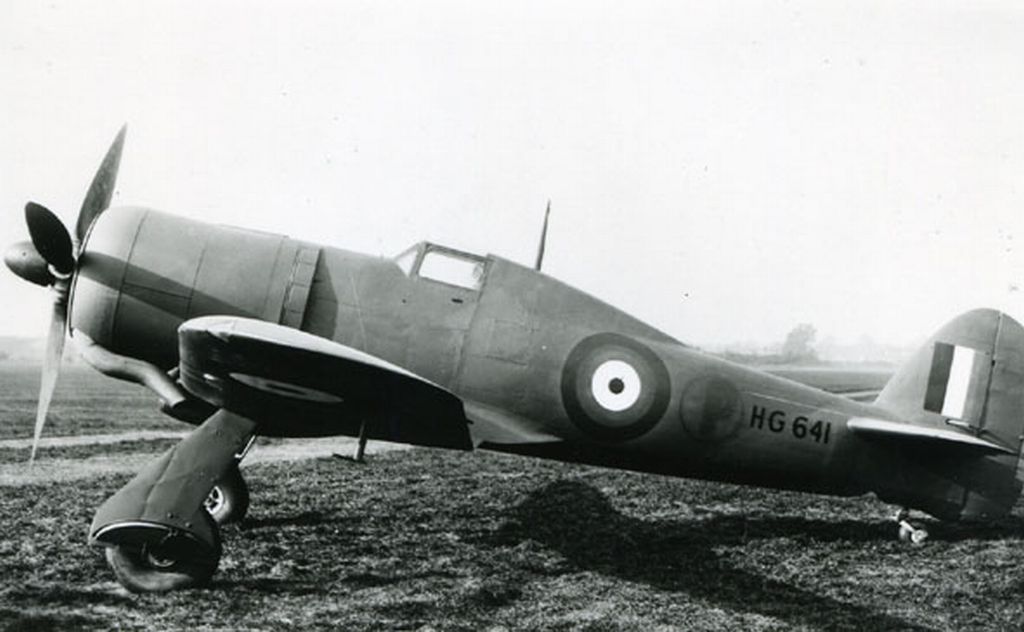
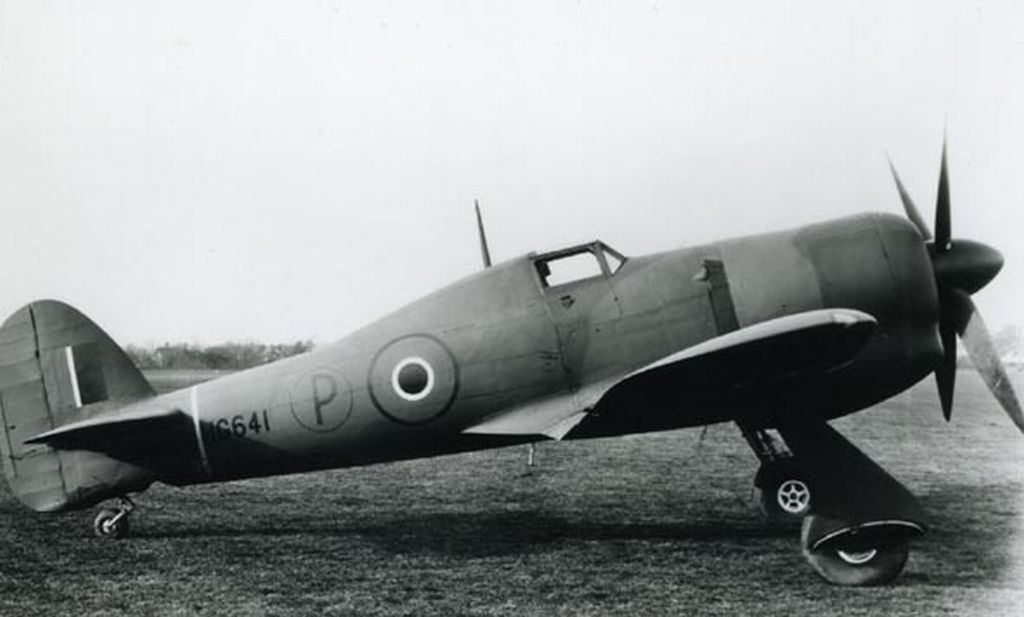
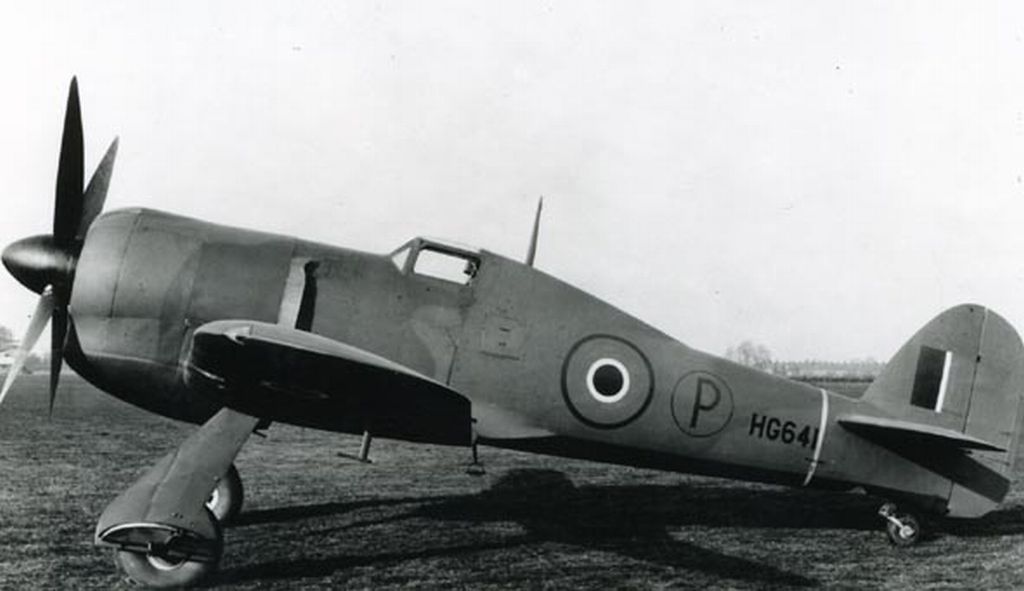
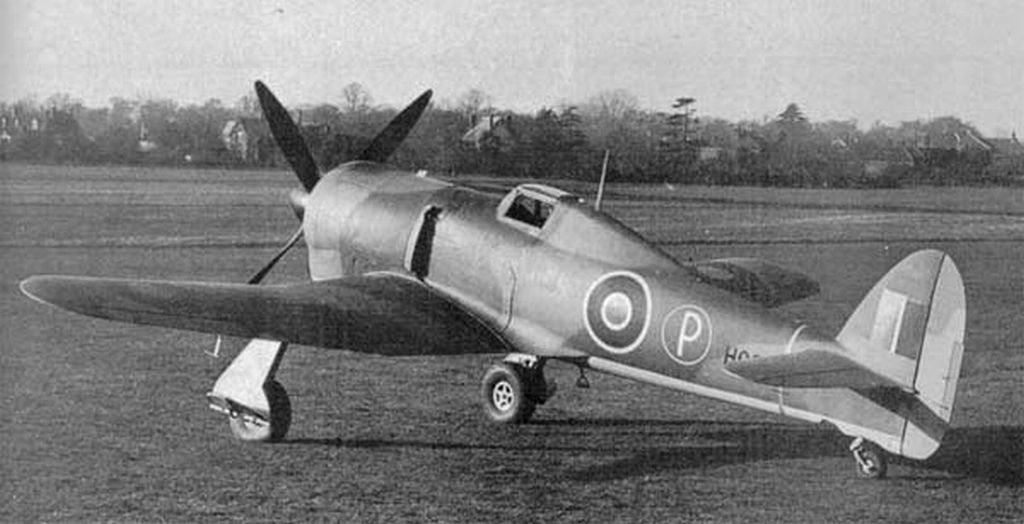



Regards Duggy.
Post a reply
- Go to Previous topic
- Go to Next topic
- Go to Welcome
- Go to Introduce Yourself
- Go to General Discussion
- Go to Screenshots, Images and Videos
- Go to Off topic
- Go to Works in Progress
- Go to Skinning Tips / Tutorials
- Go to Skin Requests
- Go to IJAAF Library
- Go to Luftwaffe Library
- Go to RAF Library
- Go to USAAF / USN Library
- Go to Misc Library
- Go to The Ops Room
- Go to Made in Germany
- Go to Campaigns and Missions
- Go to Works in Progress
- Go to Juri's Air-Raid Shelter
- Go to Campaigns and Missions
- Go to Works in Progress
- Go to Skinpacks
- Go to External Projects Discussion
- Go to Books & Resources
